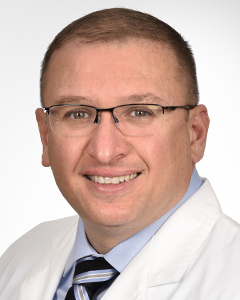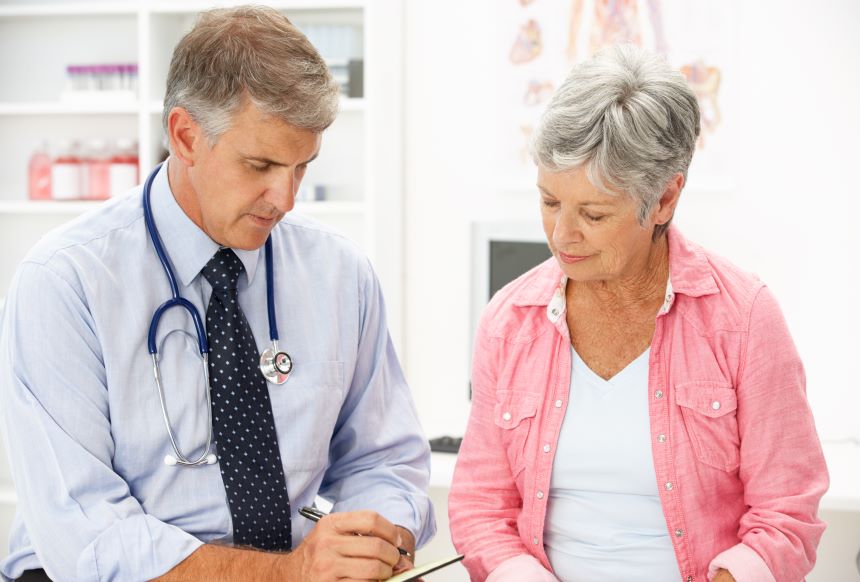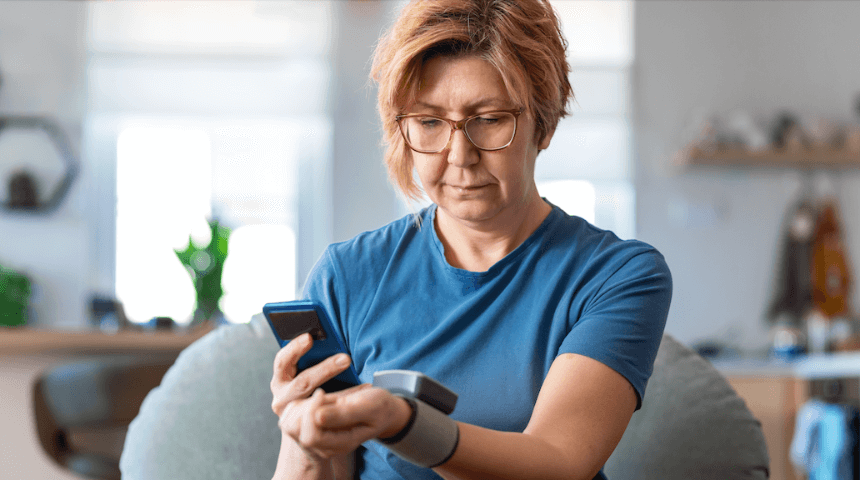You may be self-conscious about your varicose veins. In more severe cases, they can be painful, causing swelling, heaviness, ulcers or bleeding in your legs.
Fortunately, there are things you can do about them – both at home and with the help of a doctor.
But first, let’s consider what causes varicose veins. They occur following damage to the small valves that keep blood flowing through the veins of your body. Over time, as those valves begin to malfunction, it becomes more difficult for blood to overcome gravity during the trip from your legs to your heart. This puts even more pressure on the damaged valves, which eventually fail and allow blood to leak downward into your legs, causing the veins to overload and bloat.
In its early stages, the condition may be seen as spider veins – a superficial version that’s more of a cosmetic issue. But as the condition progresses, the veins become much more prominent.
They are often found in people with a history of standing or sitting for long periods of time. They’re more common in women, particularly in those who have had a pregnancy, because of hormonal changes that put pressure on blood vessels.
Varicose Vein Risk Factors
Varicose veins are caused by a combination of factors. Those include:
- Age: Over time, veins lose elasticity and stiffen.
- Genetics: If your parents, siblings and other family members have them, then you are likely at higher risk.
- Weight: Obesity can cause increased pressure on the veins in your legs.
- Lifestyle: Lack of exercise and standing or sitting for long periods increases risk.
- High intensity exercise: Long distance runners and cyclists, in particular, are at higher risk.
- Gender: Female hormones can make vein walls more susceptible to stretching. Hormone changes can also be affected by pregnancy, birth control pills and menopause.
- Other factors: Some health conditions, including heart failure, kidney failure, severe constipation and certain tumors, can play a role.
Treating Varicose Veins
If you have varicose veins, don’t ignore them. They won’t go away on their own and may grow worse over time. In severe cases, they can lead to bleeding from the veins, skin damage and ulcers on your legs.
Among the at-home treatment options are compression socks. They come in different grades, each designed to support your veins by keeping them from stretching. If you are at risk for varicose veins, it’s recommended that you start wearing these socks as a preventive measure. A good starting point is a knee-high sock rated at 15-20mm of pressure. But if you already have varicose veins, you should consider a medical-grade sock, rated at 20-30mm of pressure.
The socks can be purchased online or at medical supply stores and come in a wide range of colors and styles. They’re easily incorporated into your wardrobe, so no one will know you’re wearing compression socks.
Leg elevation can also be an effective tool. Three or four times a day, put your feet above the level of your heart for about 15 minutes. This can help with blood flow to your heart and can reduce swelling and other symptoms.
Lifestyle modifications can also offer relief. Exercise more to help you lose weight. And cut back on salty and spicy foods in favor of those that are higher in potassium (including beans, leafy vegetables, almonds and oranges.)
For more severe cases – or if you want to deal with the appearance of the veins – there are several medical treatment options available. Those include:
- Injection therapy (sclerotherapy): A substance is injected into the faulty vein, causing its walls to stick together, effectively closing it down. Your body will reroute blood flow to healthier vessels.
- Vein surgery: In some instances, your doctor may suggest removing the troubled vein. This is accomplished using micro incisions, with the affected vessel being tied off to force blood to reroute.
- Endovenous thermal ablation: This treatment may be recommended if you have larger varicose veins. Here, your doctor will insert a tiny micro catheter into the vein, where it will use a radiofrequency signal to seal it off.
Fortunately, each of these treatments is minimally invasive, usually requiring an hour or less in your doctor’s office. Both the pain and side effects are minimal.
Choose to Stay in Touch
Sign up to receive the latest health news and trends, wellness & prevention tips, and much more from Orlando Health.
Sign Up










